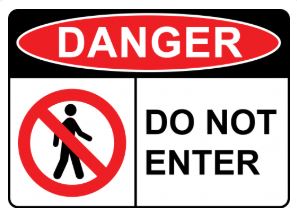 There is a rather famous, yet somewhat misunderstood, warning in the Gospels:
There is a rather famous, yet somewhat misunderstood, warning in the Gospels:
“Woe to you, scribes and Pharisees, hypocrites! For you are like whitewashed tombs, which outwardly appear beautiful, but within are full of dead people’s bones and all uncleanness. So you also outwardly appear righteous to others, but within you are full of hypocrisy and lawlessness.” (Matt 23:27-28, ESV)
It is generally understood that whitewashing rock walls made them look better and somewhat prevented weathering, but why would tombs be whitewashed? Tombs, in ancient Israel, were hollowed out the copious rock formations outside of cities and villages. Whereas we westerners think of graveyards where people are buried in the ground, with tombstones and fences clearly marking off the area, a grave could easily go unnoticed in the ancient world (the pictured grave was discovered during the building of a modern road). If a person was not local to the area, it would not be hard to stumble too close to a grave and thereby contract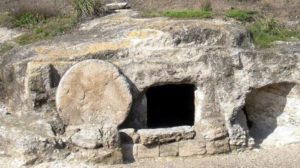 what is known as corpse impurity–leaving one unable to enter into the inner Temple precincts without undergoing a weeklong cleansing ritual involving the ashes of a red heifer (Num 19). Although it was not a sin to become ritually impure, it was a problem that needed to be resolved, and especially for the priests who would come into contact with the holy vessels and furniture within the Tabernacle, and later the Temple (Lev 15:31).
what is known as corpse impurity–leaving one unable to enter into the inner Temple precincts without undergoing a weeklong cleansing ritual involving the ashes of a red heifer (Num 19). Although it was not a sin to become ritually impure, it was a problem that needed to be resolved, and especially for the priests who would come into contact with the holy vessels and furniture within the Tabernacle, and later the Temple (Lev 15:31).
In Mishnah Tractate Shekalim, we learn that in the spring, before the pilgrimages to Jerusalem for Passover, they would whitewash tombs. Additions in italics mine.
“On the first day of Adar, they announce concerning the shekels (“Temple tax”) and concerning the kilayim (mixed varieties springing up in fields and gardens that had to be weeded out). On the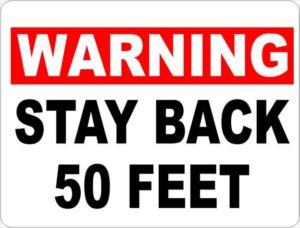 fifteenth of it, they read the megillah (scroll–in this case of Esther in celebration of Purim) in the cities, and they repair the roads and streets and the mikva’ot of water (ritual baths), and they attend to all public needs, and they mark the graves, and they also go out for the kilayim.” Tractate Shekalim, Mishnah 1, Chapter 1 (Kehati)
fifteenth of it, they read the megillah (scroll–in this case of Esther in celebration of Purim) in the cities, and they repair the roads and streets and the mikva’ot of water (ritual baths), and they attend to all public needs, and they mark the graves, and they also go out for the kilayim.” Tractate Shekalim, Mishnah 1, Chapter 1 (Kehati)
“They would pour lime around the graves to mark them, so that the kohanim (priests) and those carrying ritual objects would not come under the same canopy and become tameh–ritually unclean. This was necessary, as the markings were obliterated during the rainy season.” (Kehati commentary to Tractate Shekalim, Mishnah 1, Chapter 1, pg. 4)
Winter was tough in Israel, starting with the early rains after Sukkot, at the beginning of the new agricultural year. Wadis would fill quickly and the Land would receive the rains that would sustain the barley, the first crop of the new year, throughout the winter growing season–rains that would peter out in the spring, the time of the “latter” rains. The heavy early rains also washed out roads, and rendered the ritual baths throughout the Land increasingly inoperative, as they would fill with silt during those long, wet months.
Why were these repairs and their timing important? Because of the Passover Pilgrimage! People would travel from the Galilee, Perea, the Transjordan, and all over Judea to get to Jerusalem, and for that they needed well marked and maintained roads (by ancient standards). They also needed ritual baths in working condition in order to cleanse themselves of ritual impurity and especially any corpse impurity contracted over the course of the winter. Local priests could administer the water of the ashes, but the ritual baths were still required and most Galileeans and Judeans needed to use the public baths as only the very wealthy would have private baths of their own. This was difficult in the winter months, and especially in remote areas. The cleansing from corpse impurity took a week, and couldn’t just be handled in Jerusalem at the last minute.
Which brings us to the importance of whitewashing the tombs with lime. As we see in the commentary, the locations of the tombs had to be whitewashed in order to clearly mark the area as off-limits. It was a long trip to Jerusalem and it would have been incredibly easy to stumble off the path to relieve oneself only to find oneself close enough to the dead to contract ritual impurity. It did make the tombs look nicer, yes, but the real purpose of whitewashing tombs was to warn people away from them.
So what was Yeshua/Jesus saying here, really? He was comparing the Scribes (a professional class of Torah experts who were employed in the drafting of contracts, the writing of documents, as well as formal decisions about how to keep the commandments), and the Pharisees (a denomination of about 6,000 members who were hyper-concerned with ritual, priestly/Temple-level purity within the home, and especially in connection with table fellowship) to the tombs looked nice on the outside, but which really needed to be avoided in order to eliminate any chance of becoming contaminated.
In other words, “Dudes, people should really avoid you–you are the opposite of what you think you are.”
You might object, and rightly so, “But many Pharisees followed Him after His resurrection, and some were disciples during His life.” And you would be quite right, but the ancient world was a world of stereotypes. No one would say, “Okay, I know you guys aren’t all bad, so I am only talking to some of you here…” No, this was not an age of carefully guarding feelings, or making sure that whatever one said was minutely accurate–this was an age of grouping everyone together as a whole. Do we really think that every single Cretan was a liar and a glutton, as Paul quoted in Titus 1:12? Nonsense! As we see in Acts 2:11, the Cretans were singled out as having heard the Gospel in their own language on the day of Pentecost/Shavuot, so clearly there were Torah observant believers among them, and I have a hard time believing that any culture in the Roman Empire had enough food on hand to render each and every citizen capable of gluttony. It is rather the same as the common American and British jibes at the French for surrendering at the first sign of trouble, when we all know very well the heroic exploits of the French Underground during WWII.
In modern times, we would not whitewash the tombs–we would place a big yellow and black or white and red warning sign in the area proclaiming, “Keep Away.” It would serve the same exact function, and if Messiah were walking the earth today, He might suggest hanging such a sign around the neck of those specific Pharisees who were the subjects of his criticisms, and about whom even the Talmud is often very critical.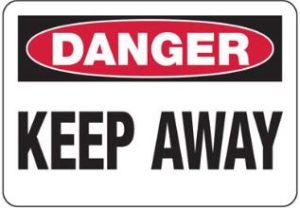
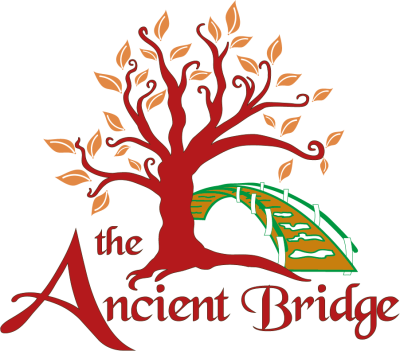
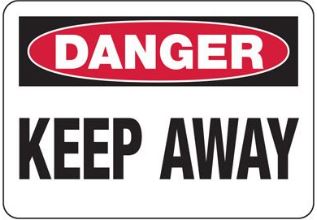




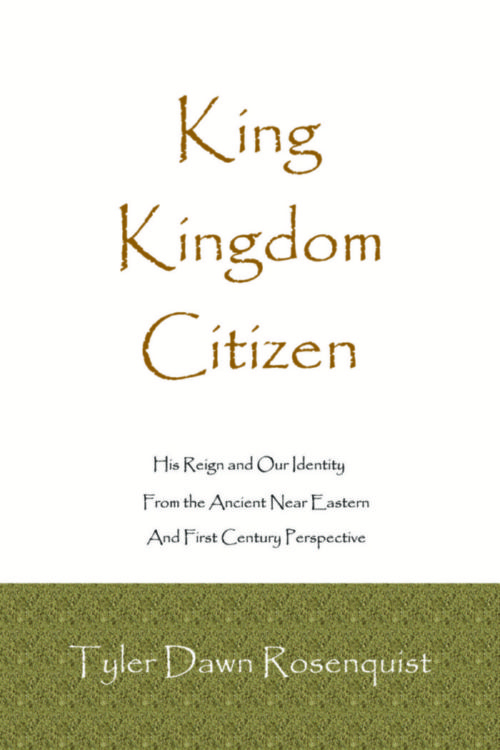
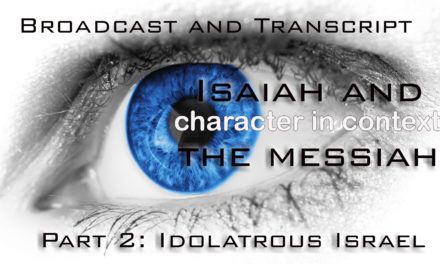
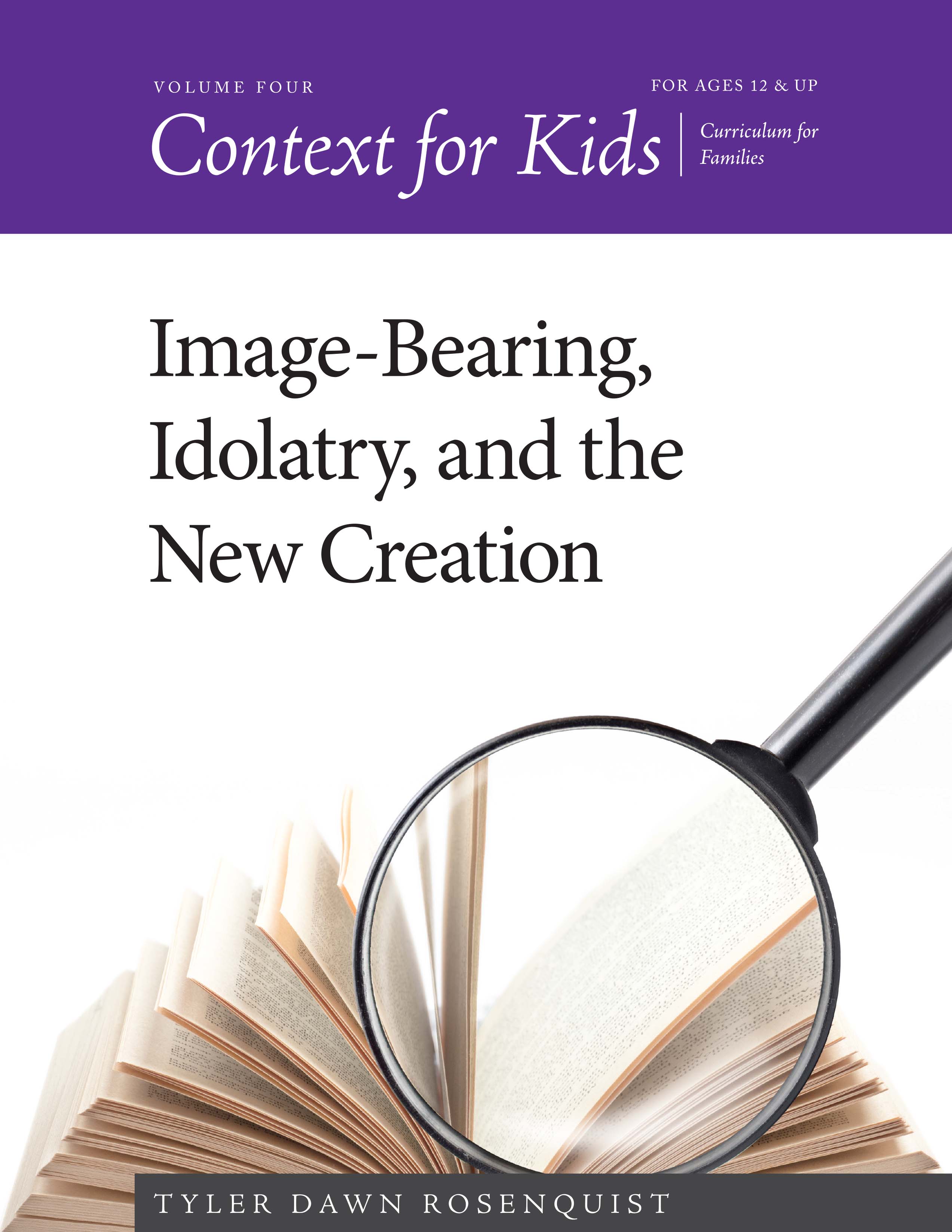

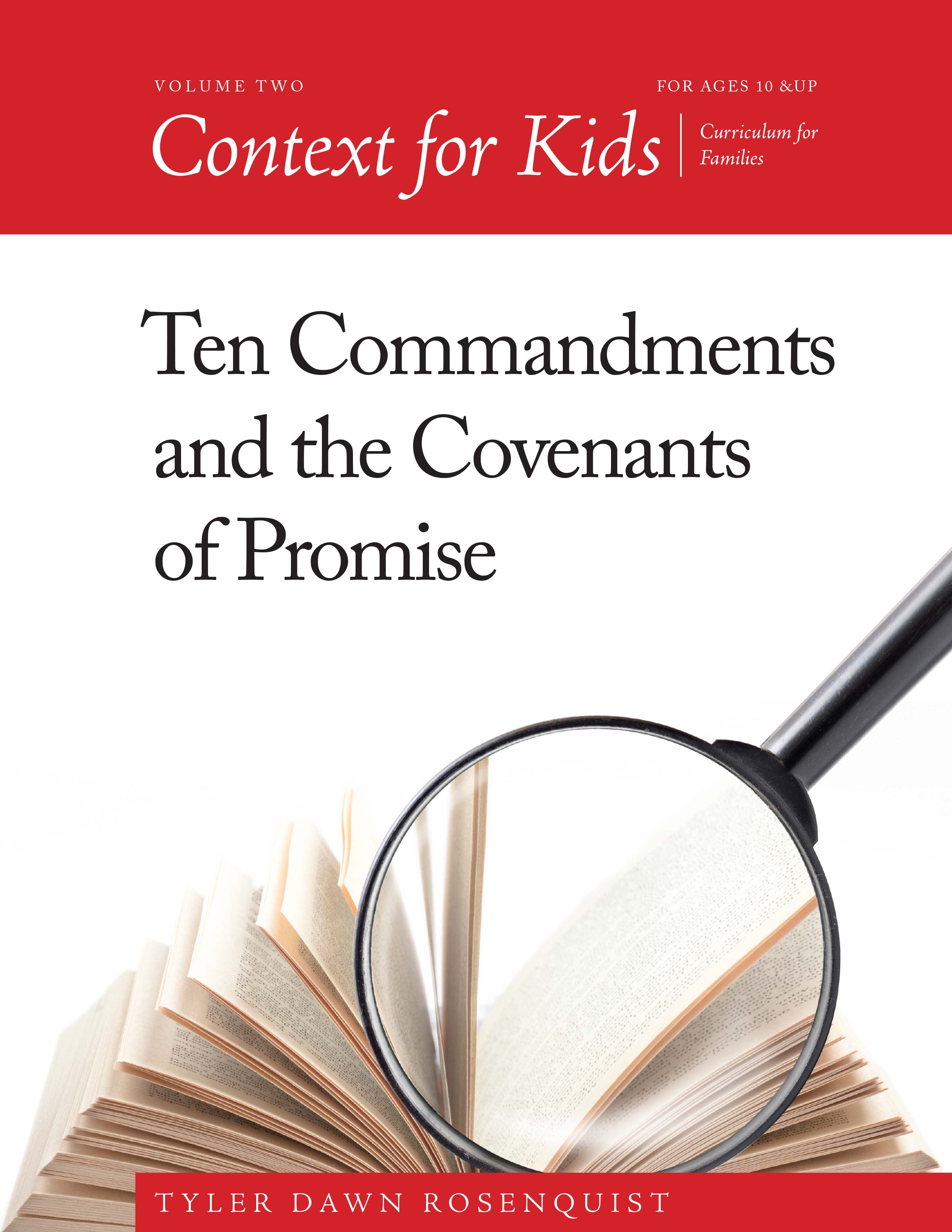
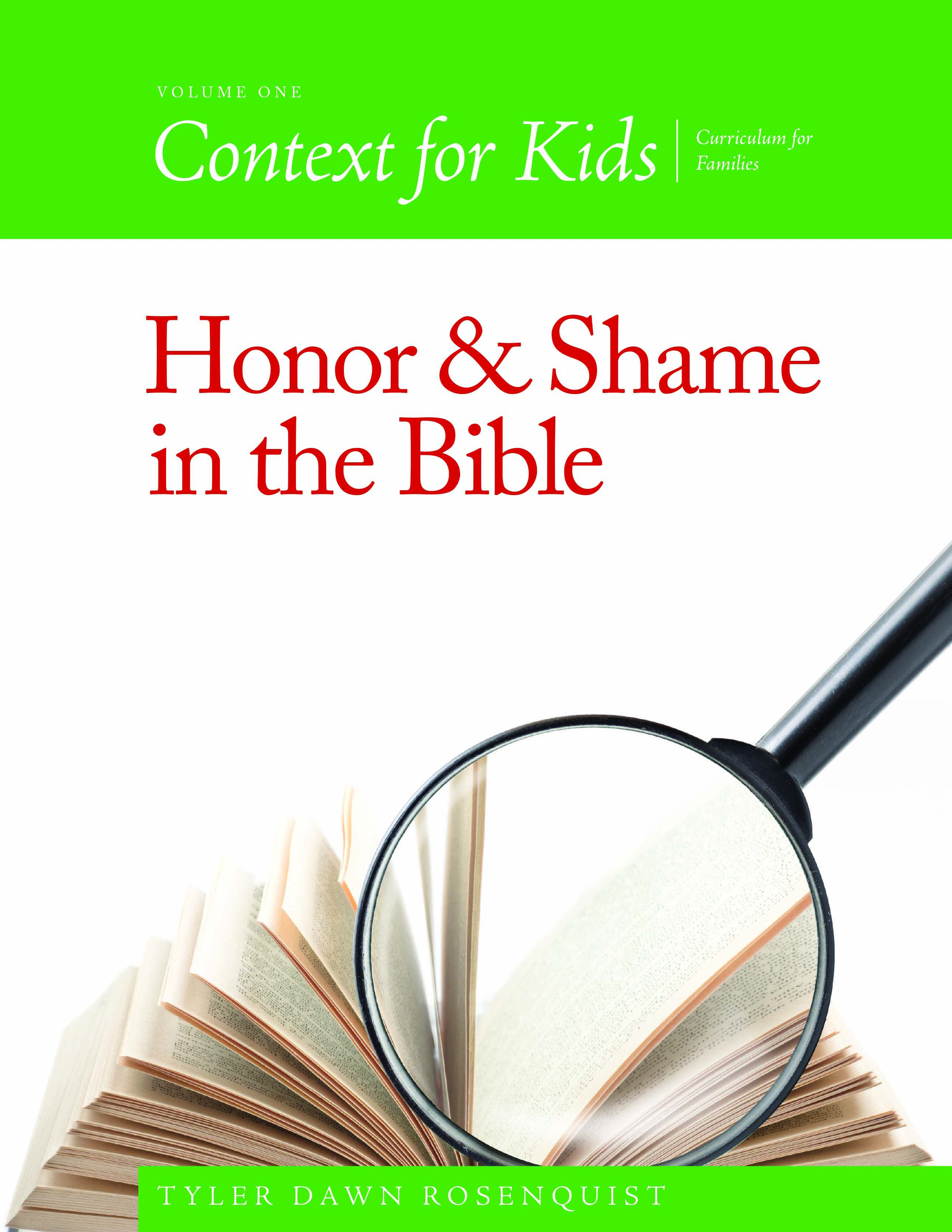
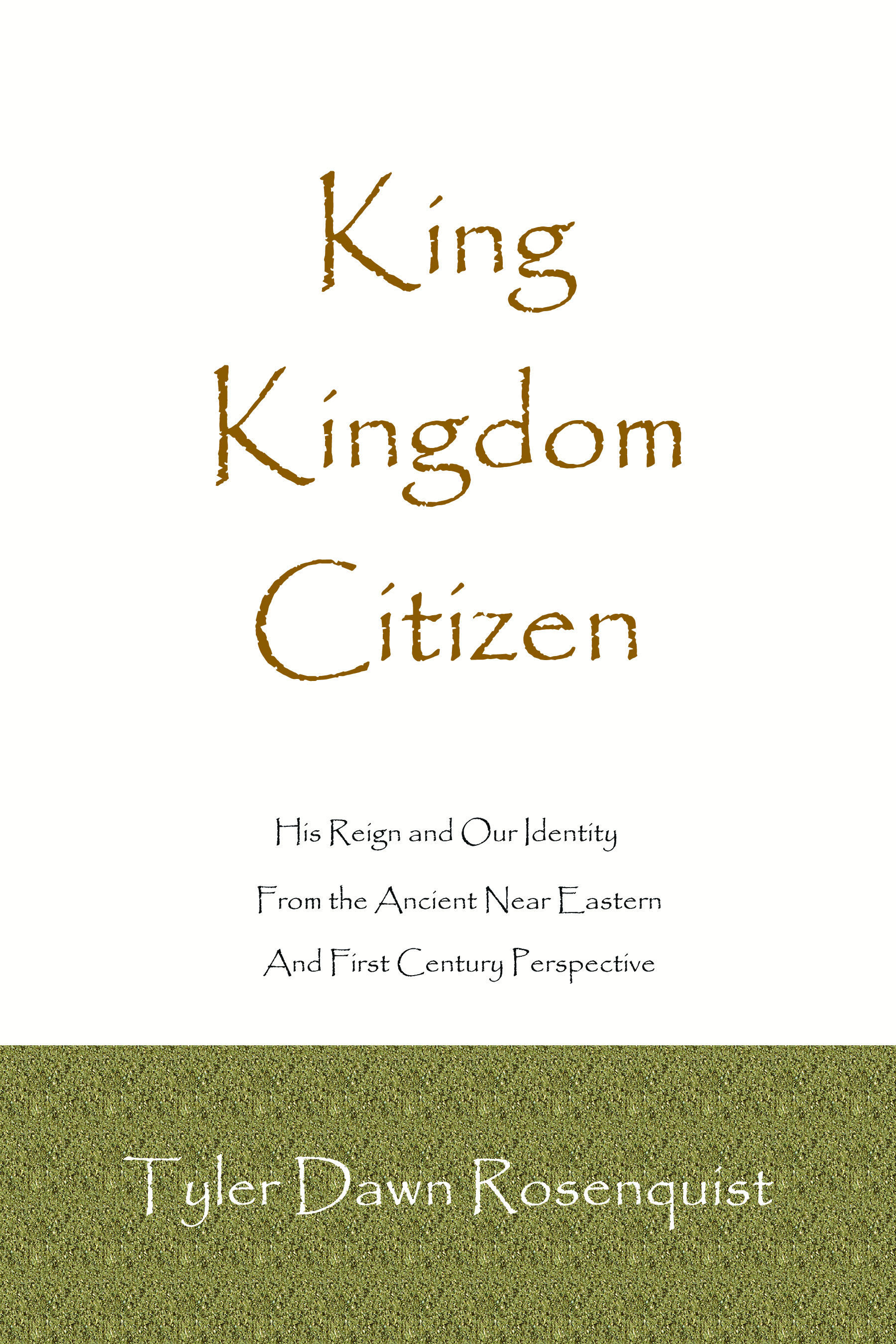
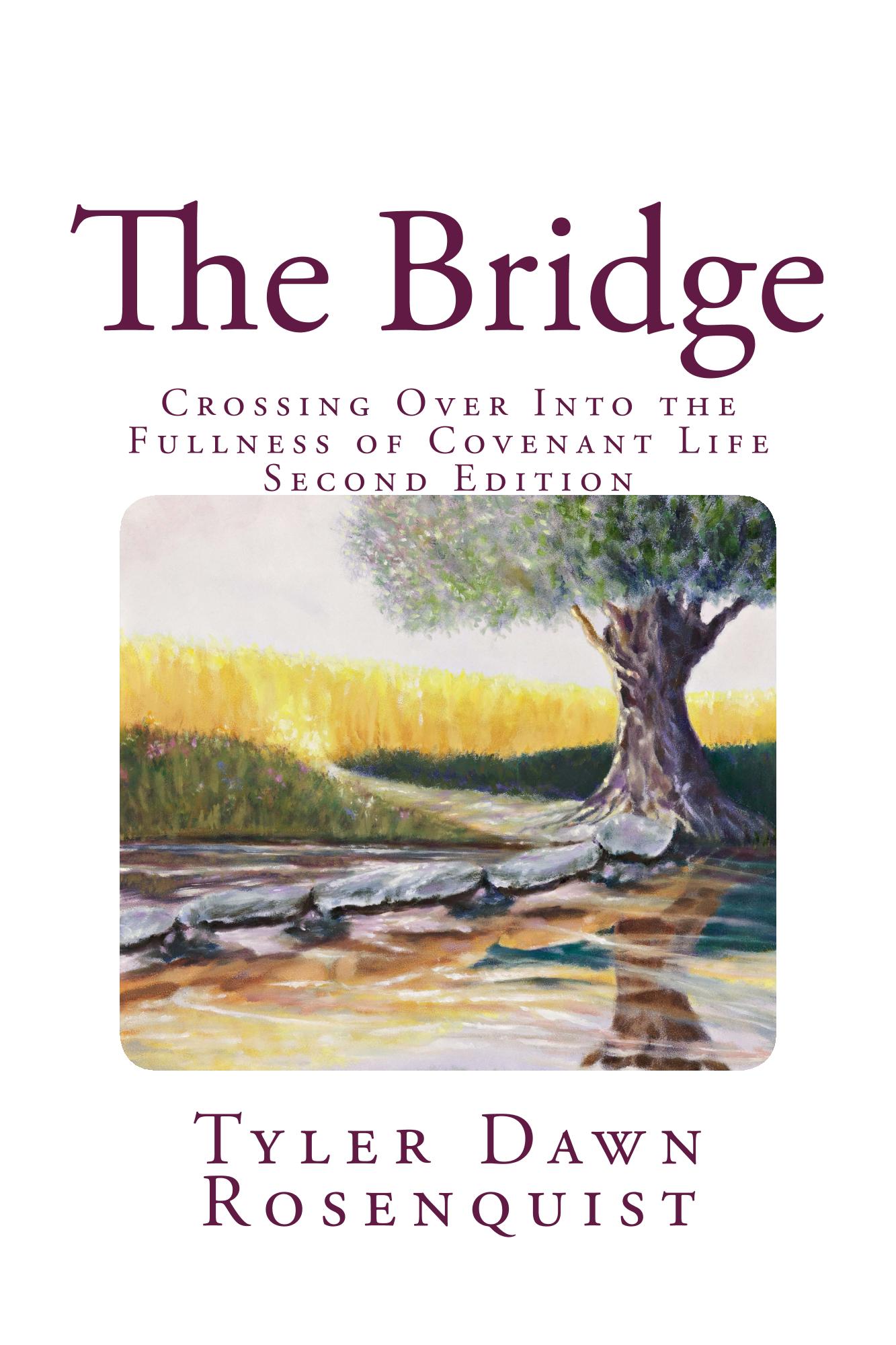

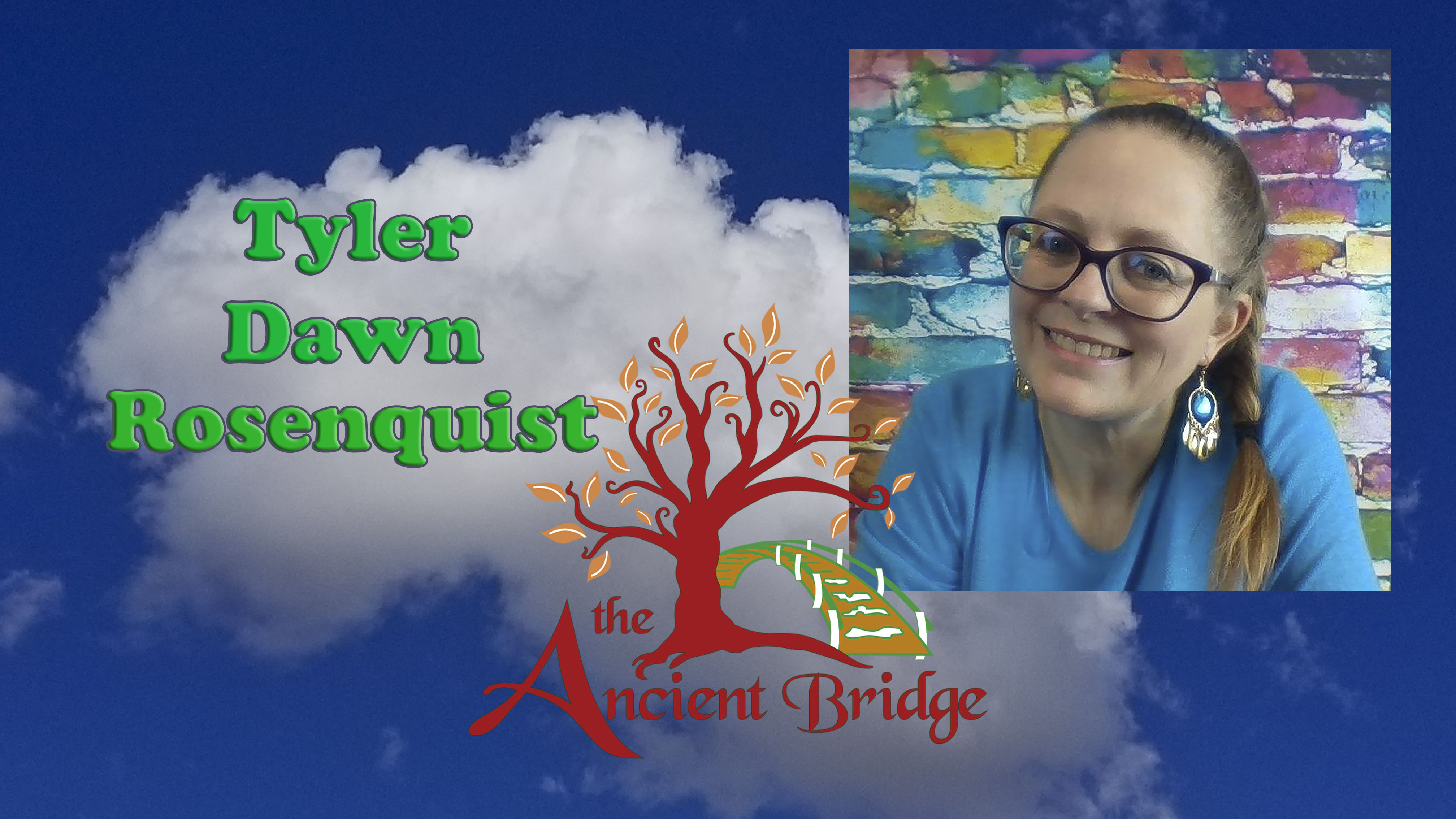
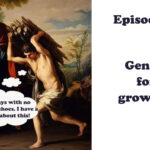


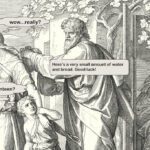
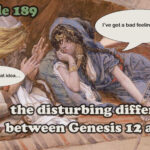
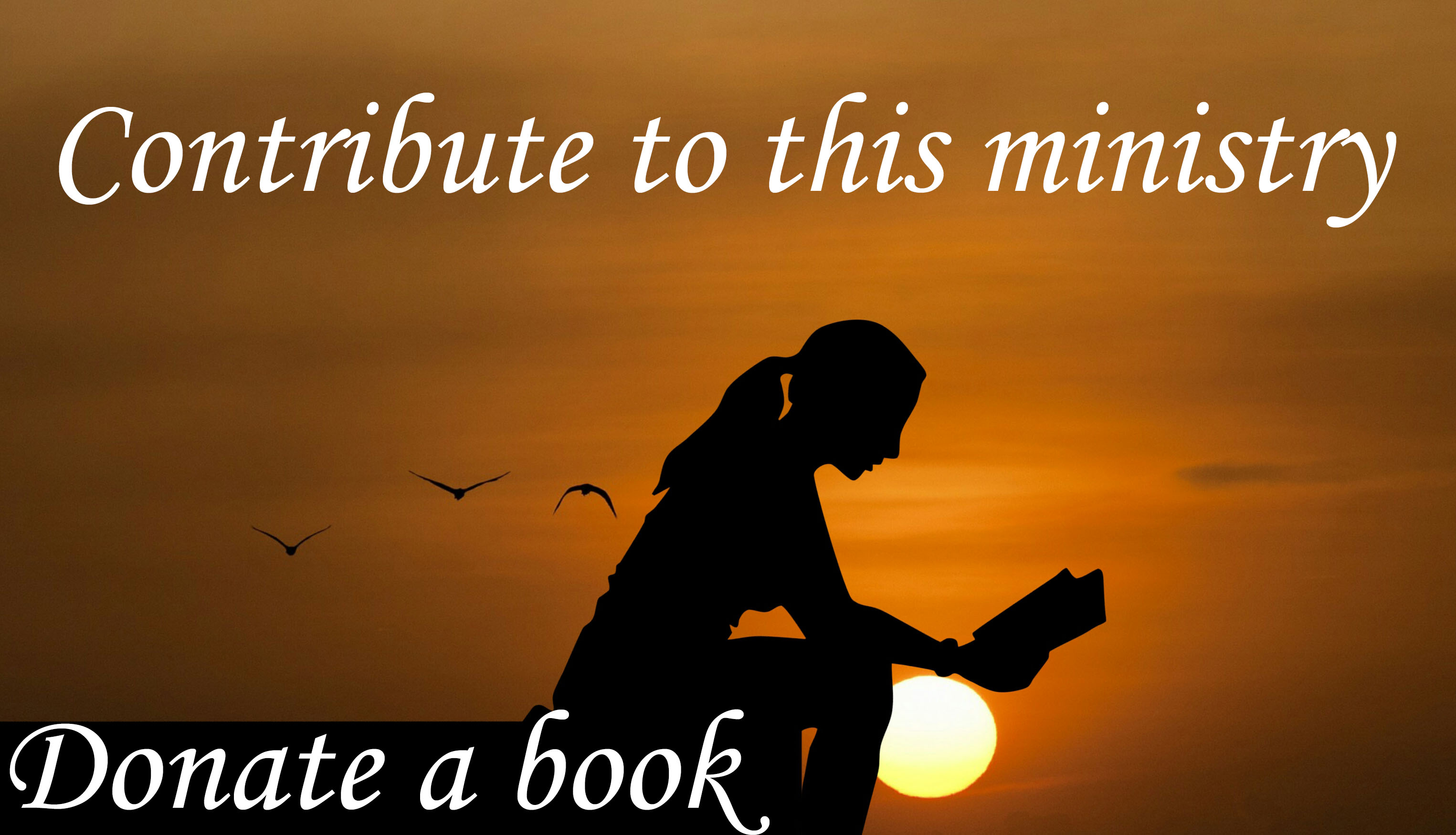
What are your thoughts on the one doing the whitewashing? Now they have to go through the cleaning process. Isit a sacrifice to save others?
That’s an excellent question. It was certainly a job that someone had to do, and in those days, hired work was equated with slavery because drawing a wage was of lesser honor than owning and farming land. As becoming ritually impure was not a sin, and was not that difficult to cure, I am not certain that anyone would see it that way. In fact, anyone who had a dead relative, which was a common occurrence in a time when well over half of people were dead by the age of sixteen and extended families all lived together, had to undergo the ritual. So this was not an uncommon thing to have happen, it was entirely normal. We tend to see ritual impurity as something terrible, but all it really meant was a temporary disqualification from closely approaching the throne of God (the Tabernacle/Temple). We have a document from the second century where a synagogue official was chastizing women who refrained from synagogue attendance when they were menstruating, which really shocked me. So, did it save others from being disqualified from attending Temple services and the eating of the Passover? Yes. Would it have been performed as a sacrificial act? No. It was paid work in a time when people were often desperate to make ends meet. It was also performed far enough ahead of time that the person doing the whitewashing would have had plenty of time to perform the necessary ablutions.